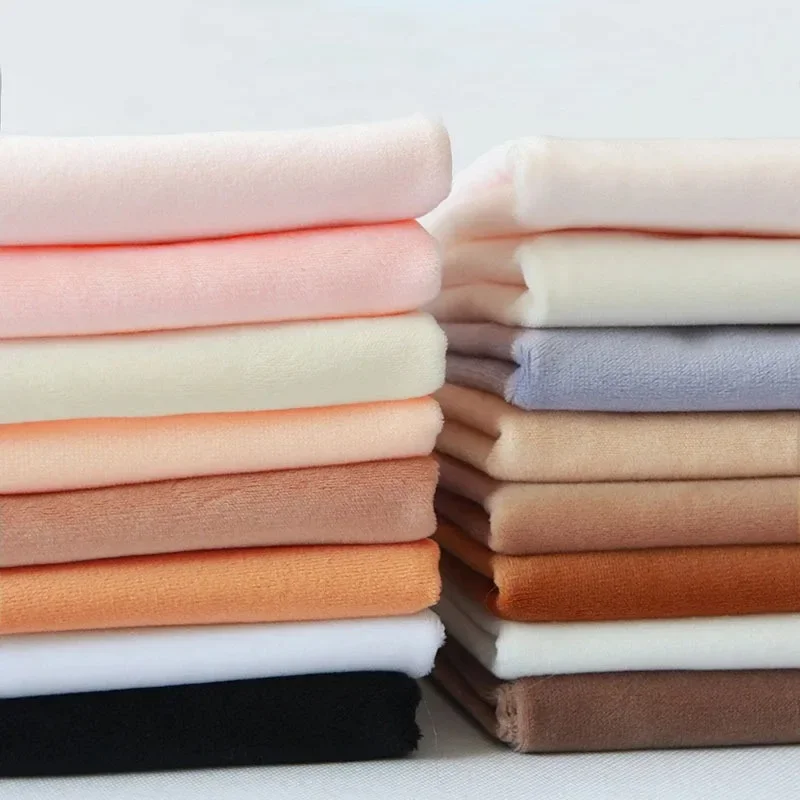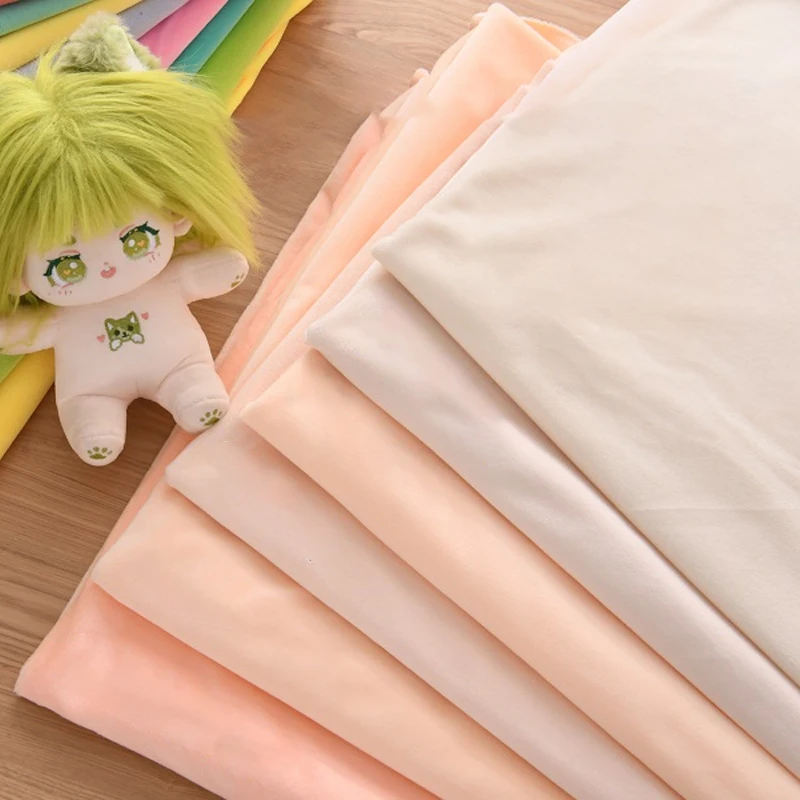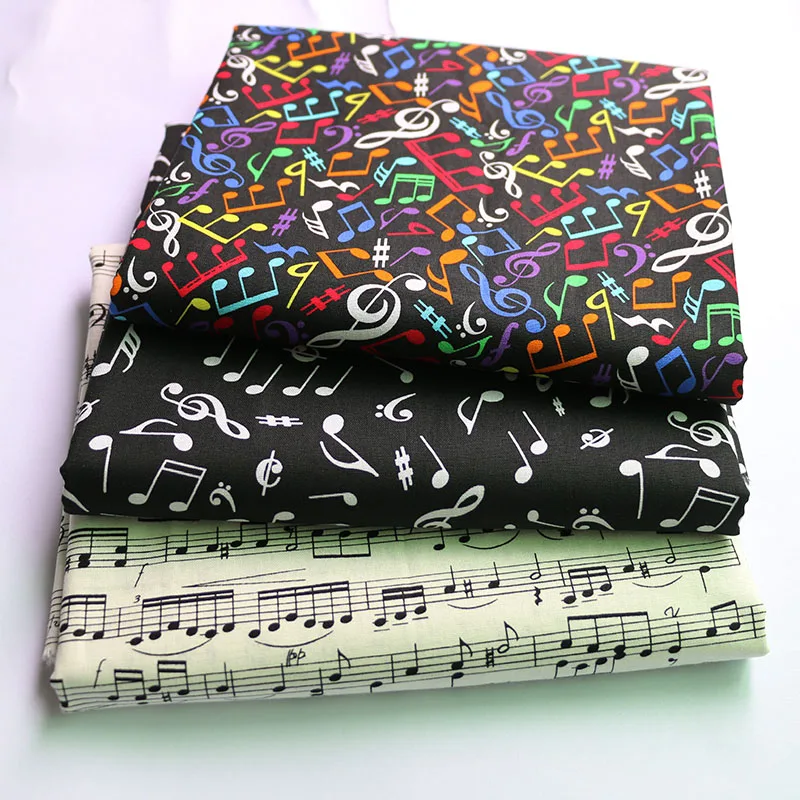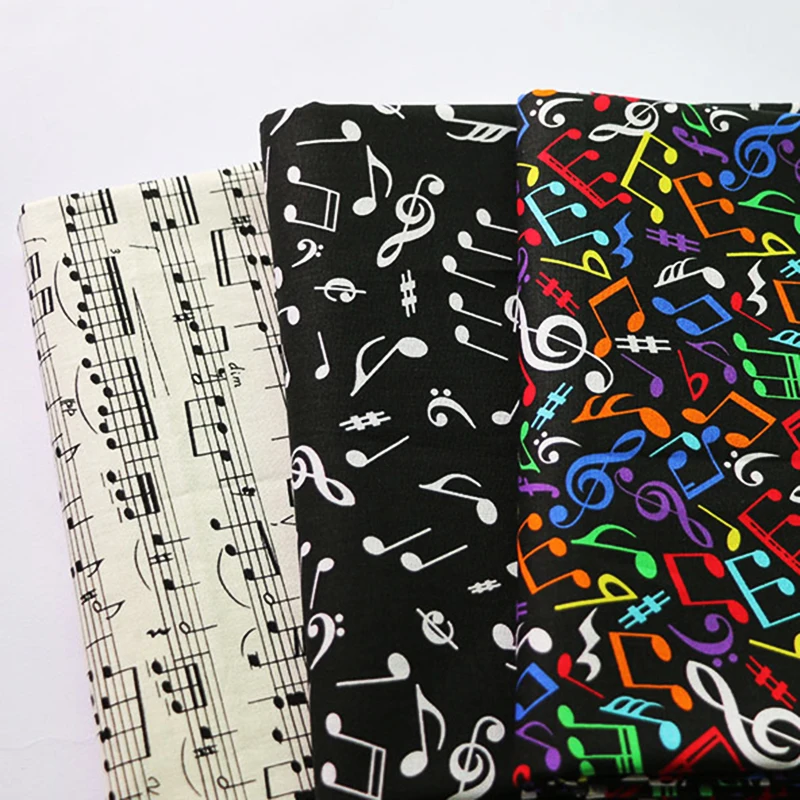Mold on fabric can be a frustrating issue for homeowners and renters alike. Not only does it create unsightly stains, but it also poses health risks and can lead to unpleasant odors. Understanding how to effectively deal with mold on fabric, both in terms of removal and prevention, is essential for maintaining a healthy living environment. This comprehensive guide will provide you with valuable tips and techniques to combat mold on your fabrics.
Understanding Mold Growth on Fabric
What Causes Mold to Grow on Fabric?
Mold is a type of fungus that thrives in damp, warm, and humid environments. When it comes to fabric, several factors contribute to mold growth. High humidity levels, inadequate ventilation, and moisture from spills or leaks can create the perfect breeding ground for mold spores. Additionally, organic materials found in natural fibers like cotton, wool, and linen serve as food sources for mold, making them particularly susceptible to infestation.
The Health Risks Associated with Mold
Exposure to mold can lead to various health issues, especially for individuals with respiratory problems, allergies, or weakened immune systems. Symptoms of mold exposure may include coughing, sneezing, skin irritation, and even more severe reactions in sensitive individuals. Furthermore, mold can produce mycotoxins, which are toxic compounds that can lead to chronic health conditions if inhaled or ingested. Therefore, addressing mold on fabric promptly is crucial not only for the integrity of the material but also for your health.

Identifying Mold on Fabric
Signs of Mold Infestation
Recognizing the signs of mold on fabric is the first step in effective removal. Look for discoloration, which can range from white and green to black or brown patches on the surface of the fabric. An unmistakable musty odor often accompanies mold growth, indicating the presence of moisture. Additionally, if the fabric feels damp or sticky, it may be an indication that mold is forming. Being vigilant and inspecting your fabrics regularly, especially in high-humidity areas like basements and bathrooms, can help you catch mold growth early.
Differentiating Between Mold and Mildew
It is essential to differentiate between mold and mildew, as they require different approaches for treatment. Mold typically appears as irregular blotches and can penetrate deeper into the fabric, making it more challenging to remove. On the other hand, mildew generally appears as a flat, powdery substance and is often easier to clean. Understanding this difference helps you choose the right cleaning methods and products for effective removal.
Immediate Steps for Mold Removal
Act Quickly to Prevent Further Damage
When you discover mold on your fabric, acting quickly is vital. The longer mold remains untreated, the more ingrained it becomes, leading to permanent damage. Start by removing the fabric from its location, ideally outdoors, to prevent mold spores from spreading to other areas of your home. This also helps minimize exposure to any potential allergens while you work on the cleaning process.
Gather Necessary Supplies
Before you begin the cleaning process, gather all necessary supplies. You will need protective gear, such as gloves and a mask, to safeguard against inhaling mold spores. Depending on the fabric type, you may need specific cleaning agents, such as vinegar, baking soda, or commercial mold removers. Have a soft brush, sponge, or cloth ready for scrubbing, as well as water for rinsing. Being fully prepared ensures a smoother cleaning process.
Cleaning Techniques for Different Fabrics
Washing Machine Method for Washable Fabrics
For machine-washable fabrics, the washing machine is one of the most effective tools for removing mold. Begin by checking the care label to ensure the fabric can withstand washing. Use hot water, if safe for the fabric, as heat can help kill mold spores. Add a cup of white vinegar or baking soda to the wash cycle, as both substances have natural mold-fighting properties. After washing, inspect the fabric; if any mold remains, avoid placing it in the dryer until it’s entirely mold-free, as heat can set the stains.
Handwashing Delicate Fabrics
For delicate fabrics that cannot be machine washed, handwashing is the best approach. Fill a basin with warm water and add a few drops of mild detergent or a mixture of vinegar and water. Gently agitate the water to create suds, then immerse the fabric, allowing it to soak for 30 minutes. After soaking, use a soft brush or cloth to gently scrub the affected areas. Rinse thoroughly with clean water and hang the fabric to dry in a well-ventilated area, avoiding direct sunlight that could cause fading.

Using Chemical Cleaners Safely
Choosing the Right Mold Remover
If natural methods do not yield satisfactory results, you might consider using a commercial mold remover. Look for products specifically designed for fabrics and follow the instructions carefully. Check for safety certifications and ensure the product is free from harsh chemicals that could damage your fabric or harm your health. Always conduct a patch test on a small, inconspicuous area of the fabric to avoid discoloration or damage.
Safety Precautions When Using Chemicals
When working with chemical cleaners, safety precautions are paramount. Ensure the area is well-ventilated to reduce inhalation risks, and wear gloves and a mask to protect your skin and respiratory system. Keep children and pets away from the cleaning area to avoid accidental exposure. After applying the cleaner, allow adequate time for it to work before rinsing or wiping it off as instructed on the product label.
Drying Techniques for Mold-Affected Fabrics
Importance of Thorough Drying
Once the mold has been removed, proper drying is essential to prevent future growth. Mold thrives in moisture, so ensuring that the fabric is completely dry eliminates the risk of reinfestation. If possible, dry the fabric outdoors in the sun, as ultraviolet rays can help kill any remaining spores. If outdoor drying isn’t feasible, use a dryer set to a low heat setting, making sure the fabric is entirely dry before storing it.
Avoiding Damp Environments
After cleaning, it’s crucial to store fabrics in a dry and well-ventilated area. Avoid storing items in damp basements, attics, or closets without airflow, as these conditions can promote mold growth. Utilize moisture-absorbing products, such as silica gel packets or dehumidifiers, to keep the storage area dry and inhibit mold development.
Preventing Future Mold Growth
Maintaining Low Humidity Levels
To prevent mold from returning, maintaining low humidity levels in your home is critical. Aim for indoor humidity levels between 30% and 50%. Use dehumidifiers in areas prone to moisture, such as basements and bathrooms, and ensure that vents and windows are adequately sealed to prevent excess humidity from entering. Regularly check for leaks in plumbing and roofs to address moisture issues before they lead to mold growth.
Proper Ventilation and Airflow
Good ventilation is vital in preventing mold growth. Open windows whenever possible to allow fresh air to circulate throughout your home. In areas prone to moisture, such as kitchens and bathrooms, consider installing exhaust fans to expel humid air. Regularly changing air filters in your HVAC system can also improve airflow and reduce humidity levels, minimizing the conditions conducive to mold growth.

Regular Inspection and Maintenance
Conducting Routine Checks on Fabrics
Regularly inspecting your fabrics for signs of mold is an essential part of prevention. Develop a schedule to check items that are often overlooked, such as upholstery, curtains, and linens. Pay special attention to areas that may retain moisture, such as under sinks or behind appliances. Catching mold early can save you time, effort, and potential health risks associated with mold exposure.
Cleaning Fabrics and Upholstery Regularly
Incorporate regular cleaning of fabrics and upholstery into your home maintenance routine. Vacuum upholstered furniture weekly to remove dust and moisture that can contribute to mold growth. Launder linens and curtains regularly, following the cleaning guidelines appropriate for each fabric type. Regular cleaning not only keeps fabrics looking their best but also helps eliminate potential mold spores before they can establish a foothold.
Conclusion: Staying Mold-Free
Dealing with mold on fabric can be challenging, but with the right knowledge and preventative measures, you can effectively combat and prevent its growth. From understanding what causes mold to identifying it early and employing effective cleaning techniques, staying proactive is key. Remember to maintain low humidity levels, ensure proper ventilation, and conduct routine inspections to keep your fabrics mold-free. By prioritizing care and maintenance, you can create a healthier living environment for you and your family, free from the risks associated with mold.









